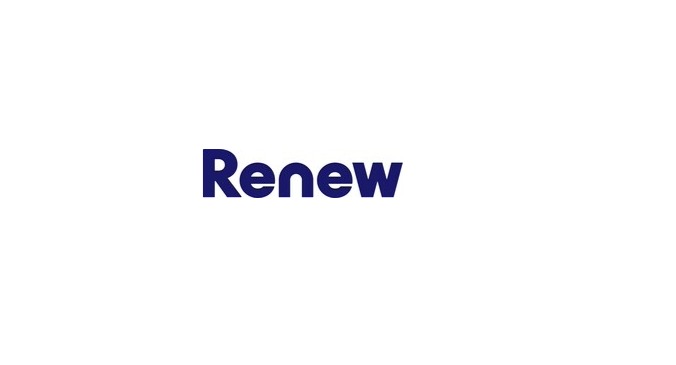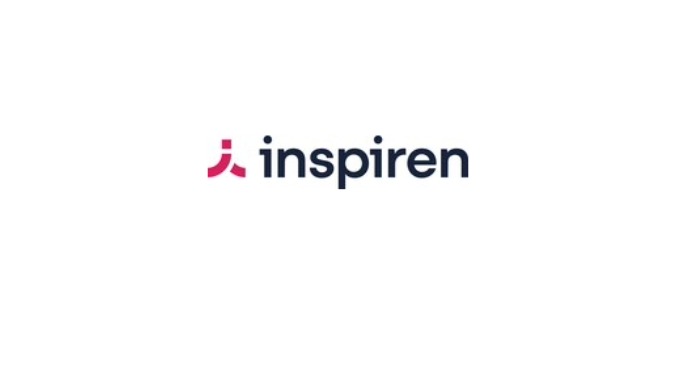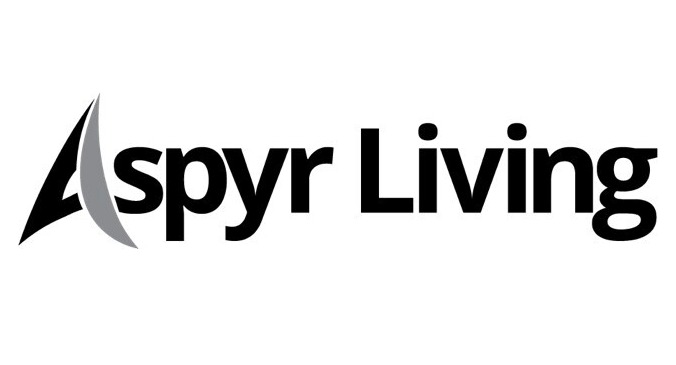The toughest job interview question may seem like a softball from the interviewer’s perspective:
“So…tell me about yourself.”
It seems easy because it feels like a free pass: no hypothetical scenario, no request for real-life examples, no technical challenge, not even the dreaded “What’s your biggest flaw?” Just… tell me anything.
But it only seems simple. Receiving such an open invitation invites more perils than opportunities, because you’re given no framework for your response—just a blank, clue-free canvas. Your mind may have myriad internal considerations:
Should I tell my life story?
Should I run through my job history?
Should I share my hobbies and favorite movies?
Should I talk about my last job or boss?
The situation is similar to a large business meeting in which the leader suggests “going around the room” and having everyone “say a little something.” Next thing you know, the meeting is half over and Gus is still yammering on.
I often see this problematic situation in my point-making classes and workshops: communicating without a point. Either speakers don’t know how to make their point, or they confuse points for mere concepts, themes, facts, or notions.
What your prospective employer most needs from you is a point (“I can best fill the needs of this role”), not a book report (“All about me”). But how do you get from the interviewer’s broad question to a specific and tailored proof of that point? It starts with not wasting your time—or theirs.
Be more than your bio
Nailing the “Tell me about yourself” question starts with realizing that your interviewer already knows your job history thanks to your resume. Performing a monologue based on your LinkedIn page is pointless, yet job applicants do it all the time.
Remember that interviews are more about making strong matches than proving qualifications. If you weren’t qualified, you wouldn’t be in the room.
Career strategist John Lees recommends approaching the interview like an audition. “Imagine your interviewers running a movie in their heads where you are working with their team, presenting to their boss, talking to customers or shareholders,” he says.
This is also not the time to reveal personal information about your life, like your family life, recent vacation, and puppetry obsession. That can come later, when the interview is winding down. For now, take the greatest advantage of this early moment by making a substantial first impression. (Even if you both love puppets, that will only go so far in getting you the job).
Making your point in this context is a two-step process that will require some homework. First, identify what the organization specifically needs from this role. Second, customize your response to position yourself as the best person to fill that need.
Identify the need
Identifying the organization’s need means scrutinizing the job description like a treasure map and extracting its secrets. Phrases like “required,” “must have,” and “highly desired” mean what they say, so highlight those in your planning. Items further down the list or labeled “preferred” may be less important, even if you meet those standards. Pay particular attention to items under headers like “What We Are Looking For” and “What We Need.” Those are obviously direct hits.
In some cases, your skills can match a job description bullet even if your job role or title does not. “Help your profile rise to the top by articulating how your current skills are compatible to a job posting even if it goes by another name,” writes Tammy Johns, CEO of Strategy and Talent Corporation. “For example, customer service representatives are compatible with loan interviewers, hotel desk clerks, billing clerks, and receptionists.”
The tone of a job description can be telling as well. Descriptions that are written cleverly, sound personal, or come right out and say “sense of humor preferred” indicate a workplace where people like to have fun. By contrast, a very formal job posting might indicate a conservative workplace where people are expected to be serious about the work.
Next, go the organization’s website, click “About Us,” and educate yourself on their corporate culture and core values. Do they talk mostly about getting the job done and serving the customer or about supporting employees and promoting work/life balance?
Pulling from these two sources, write down the three personal attributes they’re most looking for—seek out qualities like “self-starter,” “team player,” or “interest in healthcare,” not qualifications like MBA and “five years in a related field.”
Use this information to complete the sentence: “They’re looking for someone who…” and write it down.
Fill the need
Now change the wording slightly to “I’m someone who” or “At work, my approach is”
Pick a story from your professional life that illustrates you filling that particular need in another job, preferably one in which the setting of your story matches the setting of the business to which you’re applying. Feel free to embellish the details to strengthen the match, but don’t fabricate the primary elements. Assume they can smell a lie or gross exaggeration from a mile away, whether they can or can’t.
Practice makes precision
Put these two pieces together—your “I’m someone who…” and your story—and practice saying them out loud, as if in response to a question. Because this is practice, you’ll be tempted to mumble the answer, but don’t take the lazy road. Practicing out loud is key because this is not a mental exercise; it is a physical one: you need your mind and mouth to work in concert to convey an idea.
Putting it all together
Let’s test this out in a fake-world scenario: You’re applying for a role supervising customer service for a major cable company called CableAble. You discovered on the CableAble website that excellent customer service is a hallmark of their brand, and that “support” is one of their Core Values. In the job description, you saw that “strong communication skills” was highly preferred.
On the day of the interview, you sit down and at some early point are asked:
“So, tell me about yourself.”
By now, you know the wrong answer. Here’s an optimal one:
“I’ve always been a people person. Even in school, I was happiest talking to and listening to people—even strangers—especially if I could support them in some way. That’s why I was a Resident Advisor, why I worked for years in the service industry, and why I chose a career in customer service. It’s also one of the reasons I really admire how CableAble treats its customers with respect, compassion, and open ears.
Lately, my professional goal has been to help others learn and develop strong customer service skills. It brings together my lifelong interest in helping others with my passion for customer relations.”
The main reason an answer like this is ideal is because you’ve matched who you are and your personal story with the company’s brand and primary need, all while answering the question directly.
Being able to articulate the organization’s need and putting yourself in that spot with a relevant story should do more than just widen eyes in the room.
It should also put you head and shoulders above the other applicants. Why? Because, unlike them, you didn’t just tell them about you; you pointed out why you matter to them.
Author Leslie Zane is the founder and president of Triggers Growth Strategy.
















